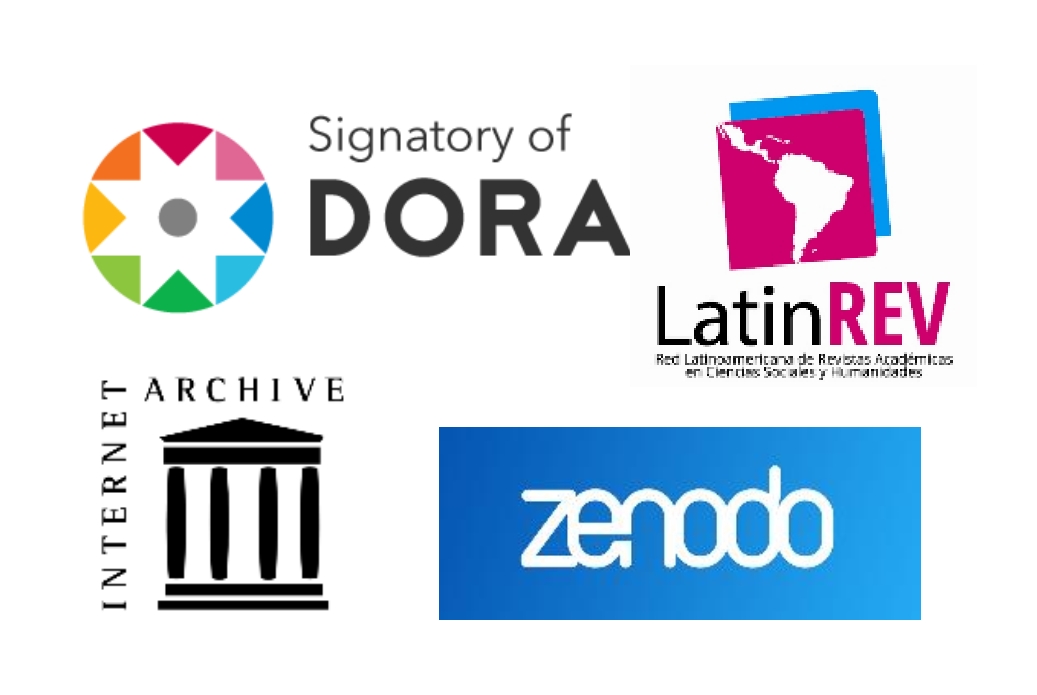New educational scenarios in discreet math working with JFLAP
Keywords:
Software jflap, TIC, lenguajes artificiales, lenguajes autómatasAbstract
Information and communication technologies (ICT) allow greater interactivity between teachers and students, and promote the emergence of new scenarios for learning. Humanity communicates with natural languages; and with machines through artificial languages. Theoretical Computing is based on a mathematical base derived from Algebra. It is one of the objectives of the subject of Discrete Mathematics that students can formalize notions related to mathematics and computing, emphasizing the study of formal languages and automata. This proposal compares the construction of the deterministic finite automaton that responds to a certain language, made by hand and with Jflap software; that "in appearance" they are different, but with theoretical interventions it was possible to conclude that they were equivalent.
Downloads
References
Abrate,S., Pochulu,M. El software educativo en la enseñanza y aprendizaje de la matemática: fortalezas, oportunidades, debilidades y amenazas. (2 de Marzo 2019). Recuperado de http://sedici.unlp.edu.ar/bitstream/handle/10915/24867/Documento_completo.pdf?sequence=1&isAllowed=y
Chillemi, A., Alonso, N. Matemática discreta para informáticos (1ra. edición). UNSJ. San Juan, Argentina (2015).
Cubero, E., Moreno, M., Salomon, R. Teoría de Autómatas y lenguajes Formales (3ra. edición). Mc Graw Hill, Madrid. (2007).
Educación con uso de softwares educativos (29 de Abril 2019) .Recuperado de http://www.tecnologiaseducativas.info/eventos-y-contenidos/noticias-y-articulos-sobre-tecnologia-educativa/152-nuevos-escenarios-de-aprendizaje
El aprendizaje en los nuevos escenarios educativos(30 de Abril 2019).Recuperado de https://www.educ.ar/recursos/92215/el-aprendizaje-en-los-nuevos-escenarios-educativos
Giró,J.,Vazquez,J.,Meloni,B.,Constable, L. Lenguajes formales y Teoría de Autómatas. Alfaomega, Argentina.(2015).
Gomez,D.,Pardo,L.,Tırnauca,C. Lenguajes Formales (Para Ingenieros Informáticos) Univ. de Cantabria. (2015).
Hopcroft J., Motwani R., Ullman J. Teoría de autómatas Lenguajes y computación (3ra. edición). Pearson, España. (2008).
Johnsonbaugh, R. Discrete Mathematics. Prentice Hall.( 2009).
Las Tecnologías de la Información y la Comunicación (TIC) en la Educación (29 de Abril 2019).Recuperado de http://www.unesco.org/new/es/havana/areas-of-action/education/tic-en-la-educacion/
Maggio, M. Enriquecer la enseñanza. Los ambientes con alta disposición tecnológica como oportunidad. Editorial Paidós, Buenos Aires. (2012).
Meirieu, Ph. Aprender, sí. Pero ¿Cómo? Octaedro, Madrid. (1992).
Rodger, S.H., Finley, T.W. JFLAP: An Interactive Formal Languages and Automata Package. (2006).
Slavich, G. M. y Zimbardo, P. G. Transformational teaching: theoretical underpinnings, basic principles, and core methods. Educational Psychology Review, 24(4), 569-608. (2012).
Zangara, A. Uso de nuevas tecnologías en la educación: una oportunidad para fortalecer la práctica docente. Revista Puertas Abiertas - ISSN 1853-614X.(2009).
Published
How to Cite
Issue
Section
License
Copyright (c) 2020 Elisa Oliva, Mathias Diaz Oghas , Ana Molina , Nancy Alonso

This work is licensed under a Creative Commons Attribution-NonCommercial-NoDerivatives 4.0 International License.





